
8 Algorithm Friendly Ways To Increase Organic Facebook Reach
December 2, 2021
How to Create a Social Media Calendar: A Step-by-Step Guide
May 24, 2024Key Performance Indicators (KPIs) are measurable indicators used to assess the effectiveness of marketing campaigns. They help make judgments and confirm the ROI on your marketing investments. Therefore, after creating and implementing a marketing strategy, the final step is to evaluate its effectiveness.
Measurement of marketing KPIs is also essential for adjusting a business strategy. You can measure the efficiency of your marketing efforts by measuring KPIs while enforcing your strategy over the long run.
In today’s marketing world, there are a lot of Marketing KPI examples that would be relevant to your company’s marketing efforts. There is a good chance that by conducting a simple search of ‘marketing KPIs’, you will find a mash-up of something or other that should help you improve your marketing strategy. Some of them are more useful than others, however.
In order to help you figure out which KPIs to track, this article will list down the metrics you need to track to analyze your digital marketing strategy to increase traffic, leads, and sales.
8 Key Performance Indicators to Track
1. Customer Acquisition Cost
The expense of converting a lead into a customer is the customer acquisition cost (CAC). CAC assesses the total sales and marketing expenditures required to acquire a new customer. This cost comprises all marketing expenses, from labor to software.
You must first define the time frame in which you will analyze this cost while calculating this measure (e.g., month, quarter, year).
Use the examples below to help you calculate your total sales and marketing expenditures associated with digital and outbound marketing once you’ve decided on your time frame.
When calculating CAC for digital marketing, consider the following costs:
- Personnel (sales, creative, and technical)
- Tools/software such as HubSpot, Vidyard, and Semrush
- Overhead in general
When calculating CAC for outbound marketing, consider the following costs:
- Advertising
- Distribution marketing
- Personnel (sales and marketing)
- Overhead in general
The formula below can be used to determine your CAC from digital or outbound marketing:
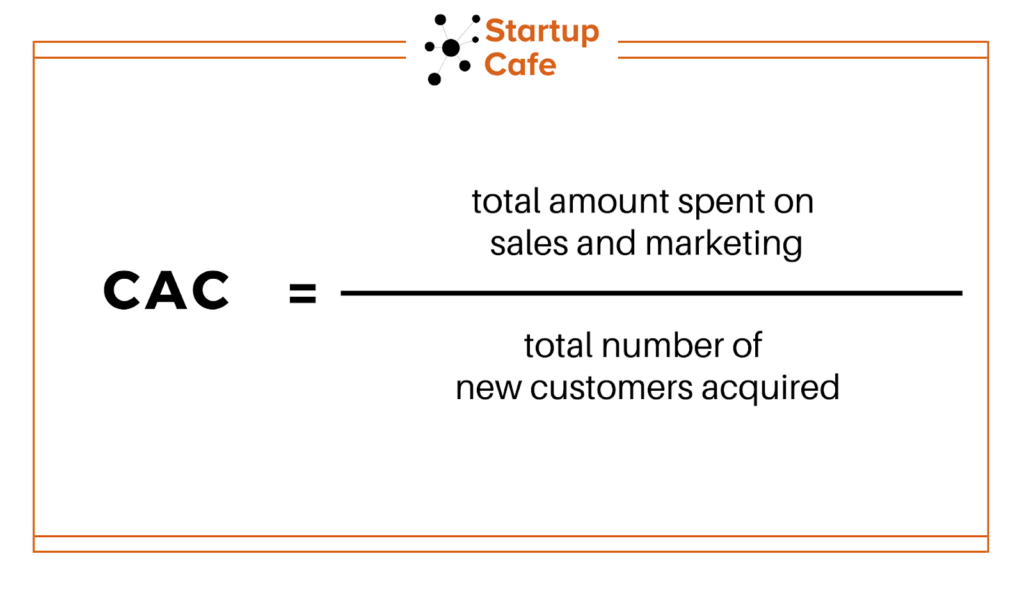
CAC can assist you in making better budgeting selections by highlighting activities that aren’t yielding conversions and suggesting alternatives. Furthermore, CAC can also help you identify chances to reduce lead time and convert clients while spending less and meeting your KPIs more quickly.
If you wish to improve your CAC, direct your focus on creating high-quality content that highlights benefits rather than features with highly targeted advertising. You can also build business partnerships with influencers and other businesses that complement your offering. Make your brand known on discussion boards and social media, and don’t forget to include testimonials. Running occasional promotions, prizes, and contests would also be beneficial.
2. Customer Lifetime Value
The customer lifetime value is the amount of revenue a business can reasonably expect throughout their relationship. This metric is one of the essential marketing KPIs. Investing your marketing budget on higher-quality prospects reduces your cost per lead and allows you to spend it on acquiring more revenue from existing customers.
Trying to figure out how much your customers are worth might be difficult. That is not, however, an excuse for not knowing it. This KPI is an excellent approach to assessing your company’s return on investment and a valuable tool for planning future business objectives. In order to calculate a customer’s lifetime value, add up all the sales they have made during their relationship with you.
You can use the following formula to calculate your customer’s lifetime value:
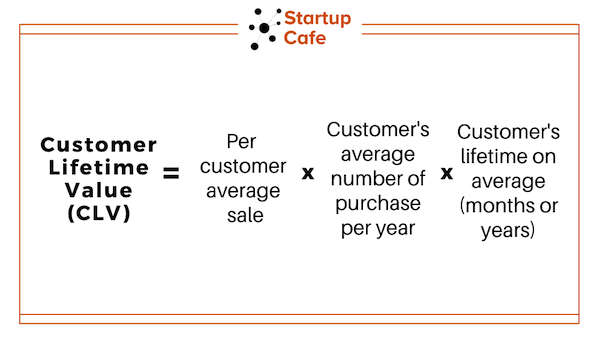
3. Digital Marketing ROI
When evaluating your digital marketing performance, return of investment (ROI) is an important metric. It can be applied to the other KPIs on this list, but it can also stand alone as a singular metric. It measures the profit you make from customer acquisition and the sale of services and goods against the cost of obtaining them.
ROI evaluates the profitability of your various endeavors and campaigns, including advertisements. This metric allows you to measure your performance on a regular basis – quarterly, monthly, annually, etc. This metric will also assist your future efforts, but it will also aid in budgeting, planning, and other activities that will inform your marketing plans and help you well into the future.
Calculate your ROI by using the formula below:
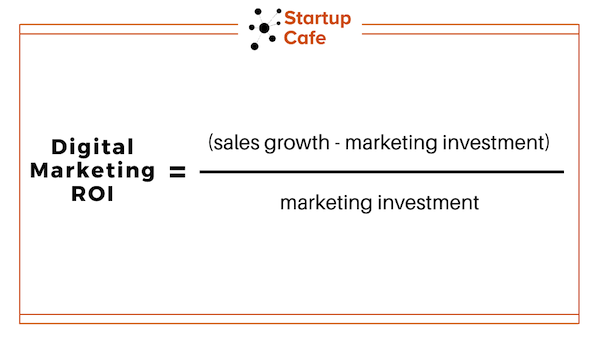
4. Landing Page Conversion Rates
A landing page conversion rate shows you the percentage of people who took action after landing on your page. These actions may include signing up for your newsletter or making a purchase.
A landing page that does not produce leads, like any other page on your site with a form, is useless, no matter how much traffic it receives or how well-designed it is. You’re practically dead in the water if your website’s landing pages don’t lure users in and convert them. So keep an eye on your conversion rate.
Assessing the number of individuals who visit your landing pages and whether your CTAs are converting them is an excellent approach to measuring whether they are working for you.
Landing pages have a specific design for leading website visitors to complete a transaction. However, if the content on your landing page is terrible and does not have proper search engine optimization (SEO), these visitors will leave, and your conversion rate will decrease.
If you wish to improve your landing page conversion, you need to focus on the following:
- Improve the speed of the landing page
- Make the landing page mobile-friendly
- Make your pages authentic by providing proof of value
- Make your landing page visually appealing
- Reduce the amount of text on your landing page
- Focus on a single Call To Action (CTA)
- Make sure you are speaking to your target audience
- Make sure to do testing
5. Traffic Generated Organically
The term organic traffic refers to visitors who land on your site from unpaid sources, aka free traffic. Examples of organic sources include search engines like Google, Yahoo, and Bing. Most marketers value organic traffic because more often than not, these are the right people that you need to target and on top of that you don’t have to spend money to get them.
Organic traffic is a valuable resource that accounts for more than half of all visitors to your website. The importance of organic traffic is greater than that of paid traffic or traffic from social media networks.
- Organic traffic generates high-quality leads.
- In the long run, an organic search is a viable option.
- Increases customer trust
- Customer purpose is the driving force behind it.
- It is inexpensive.
- Customers are tremendously engaged.
- Brand loyalty is improved.
- The competitive advantage that lasts
- Return on customer intent
- Increased conversion rates
6. Social Media Traffic and Conversion Rates
The use of social media in our daily lives, as well as marketing, plays a vital role. That is why social media KPIs are an essential part of any marketing strategy.
Social media traffic comes from social networks and social media platforms to your website, mobile site, or mobile app. A person who clicks on a tweet or a Facebook post and then visits your brand’s website is social media traffic in your digital analytics statistics. Whether it comes from your social media marketing activities, social traffic can be either sponsored or organic.
Social media platforms are excellent for informing your audience, creating buzz, and increasing trust and awareness. You can use the following metrics to demonstrate the value and influence of social media on your marketing efforts:
- The total number of leads converted from each social media channel.
- The total number of customers converted through each social media channel.
- Social media traffic as a percentage of total traffic
There may not be enough time to utilize every platform, including Twitter, Facebook, LinkedIn, Instagram, Pinterest, and TikTok. Still, by categorizing them by the number of leads, customers, and traffic they generate, you can decide where to focus your energy.
7. Mobile Traffic, Leads, and Conversion Rates
Since so many people browse the web exclusively on their smartphones and other devices and Google favors mobile-friendly sites, you need to understand how your visitors access your site through their mobile devices.
Keep an eye out for:
- Mobile traffic
- The number of mobile device lead conversions
- Rates of mobile device bounce
- Rates of conversion from mobile-friendly landing pages
- Popular cell phones
- The way your mobile users do on your site will help you improve the user experience and optimize it to increase mobile conversions.
8. Marketing Revenue Attribution
The amount of income influenced by your marketing operations is determined by marketing revenue attribution. This metric is crucial for determining how much money can be ascribed to each of your marketing channels and demonstrating the worth of your efforts.
You can use marketing revenue attribution, for example, to determine the impact of social media marketing on sales.
Managing Your KPIs Effectively
Managing your KPIs effectively means considering your business goals. You can determine which metrics are essential to your business by doing so. Choose the metrics that best fit these objectives.
Make sure that your KPIs are quantifiable. Your goals need to be SMART (Specific, Measurable, Attainable, Relevant, and Time-Bound), just like any other goal you might have for your operation.
As a result, your marketing activities should always aim to accomplish these central objectives.
- Analyze existing data to determine your baseline.
- Make use of templates.
- Measure progress over a specific timeframe.
- Make and read reports to see how your efforts are paying off.
You should also never stop honing your digital marketing strategy and KPI metrics. Continually evaluate your goals, objectives, mission, and marketing efforts to ensure that your brand’s strategy and marketing metrics are applicable.
KPIs give you a more innovative way to manage your team and your efforts in digital marketing. When used wisely, they can help you monitor progress and ensure your team is on the same page.
If you want to learn more about KPIs and optimize it through an effective digital marketing campaign and digital marketing strategies, get in touch with our specialists. We can help you figure out what you can do and help your business succeed through the enormous potential of digital marketing.
If you found this article useful, please share it on Twitter using the link below:
[ss_click_to_tweet tweet=”8 Most Important KPIs to Track for Marketing” content=”8 Most Important KPIs to Track for Marketing” style=”2″ link=”1″ via=”1″]
Related Articles

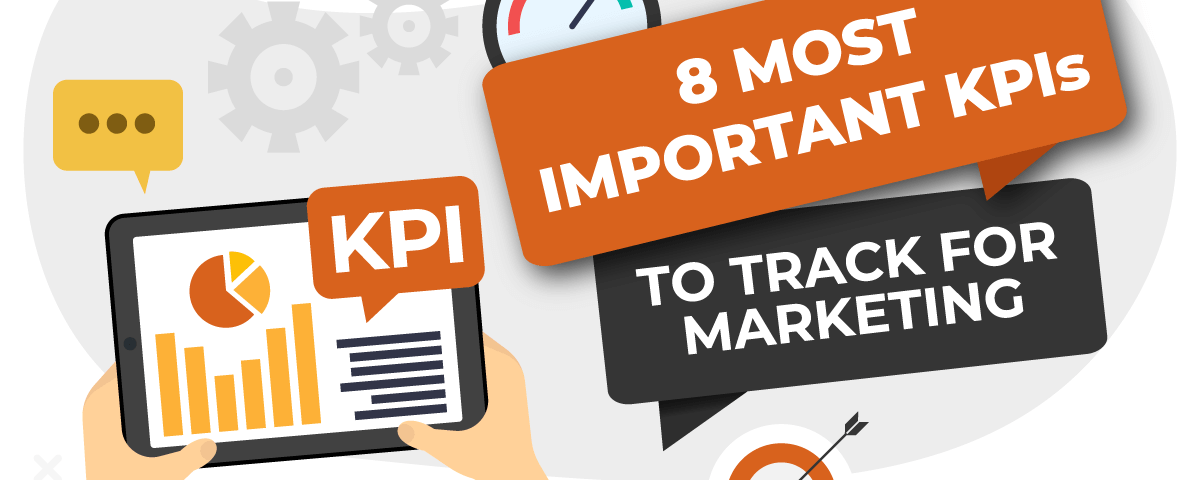

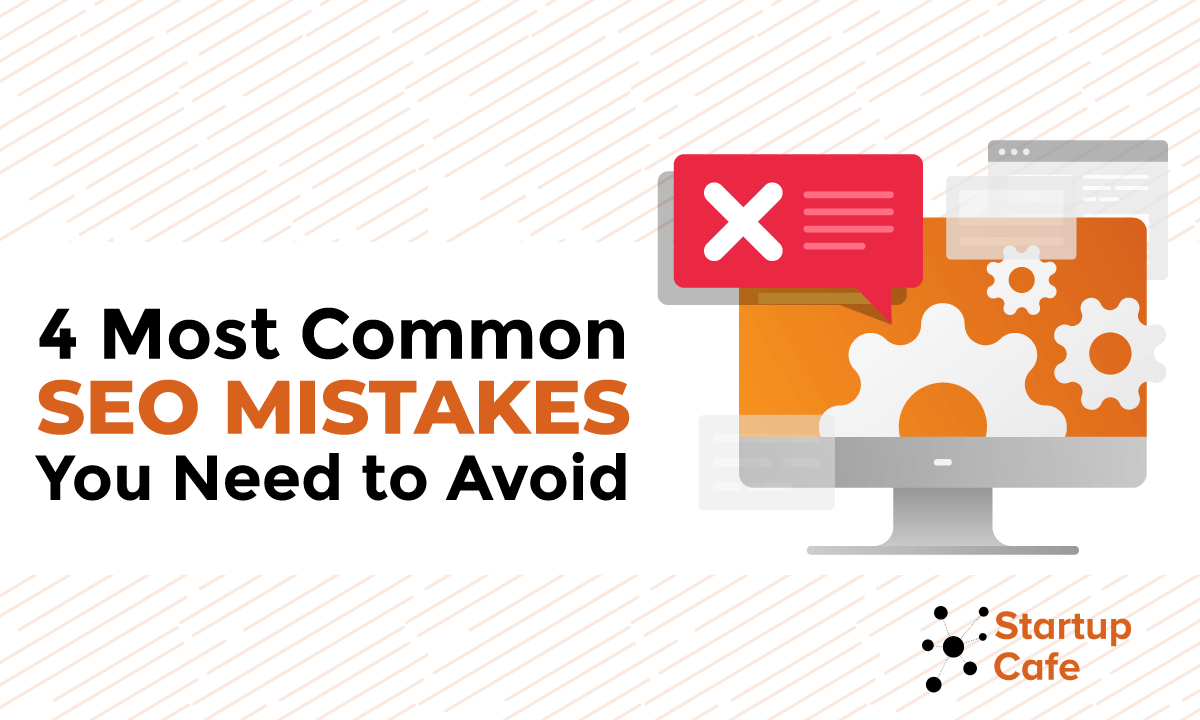
![[Podcast] MM042: 3 SEO Bad Habits You Should Give Up Right Away](https://www.startupcafedigital.com/wp-content/uploads/2020/03/seo-2020.jpg)